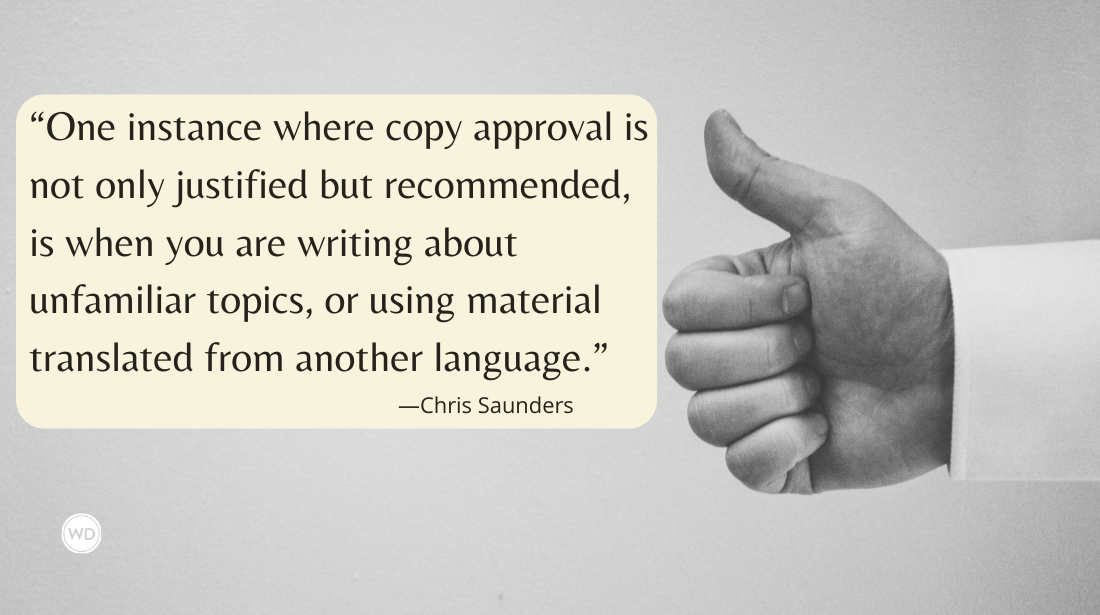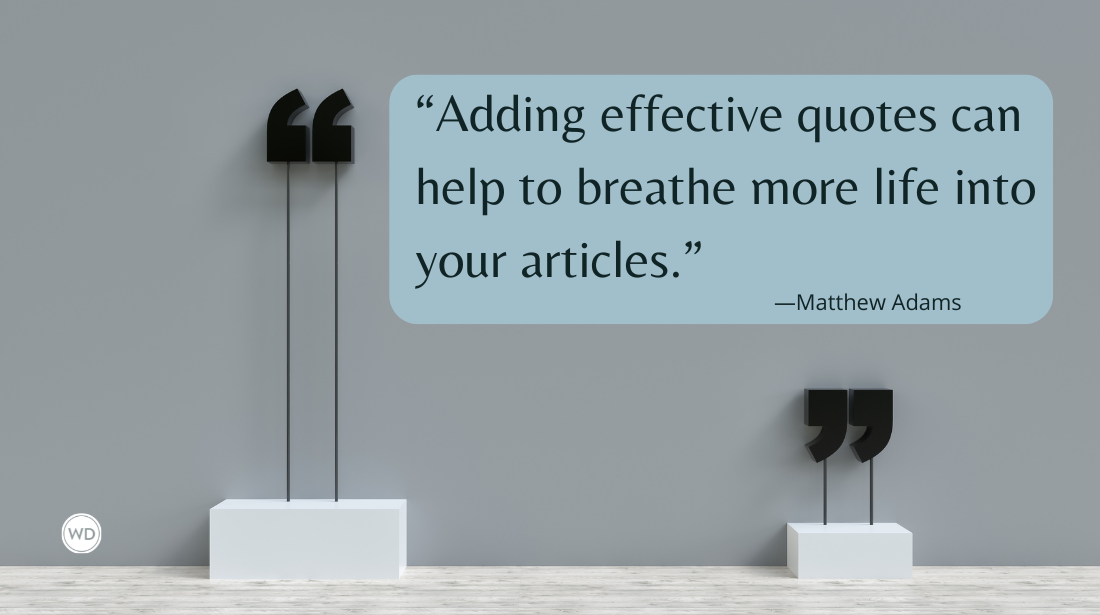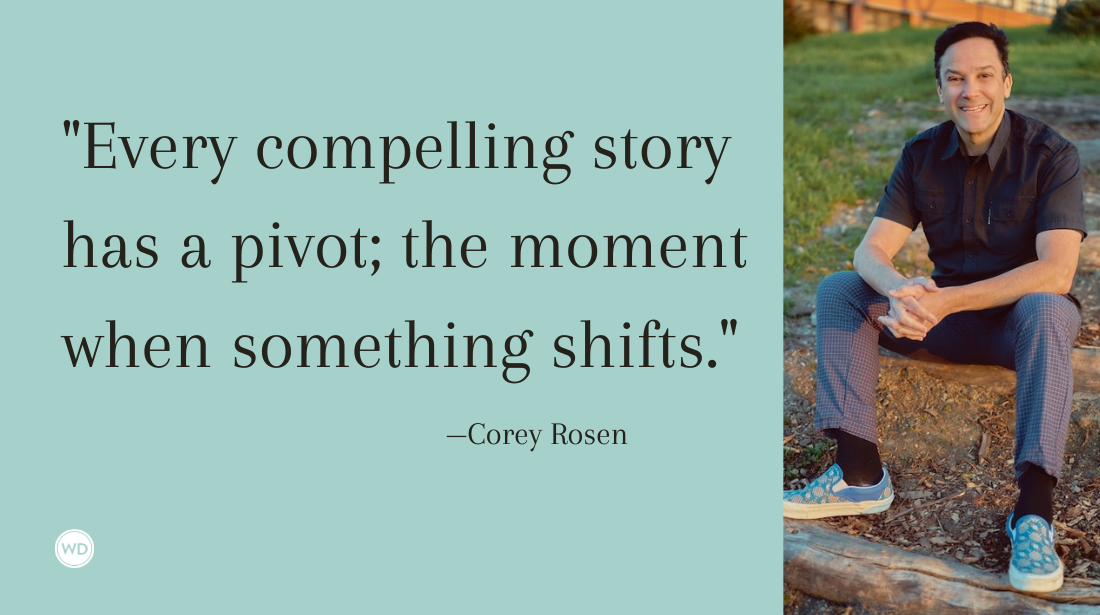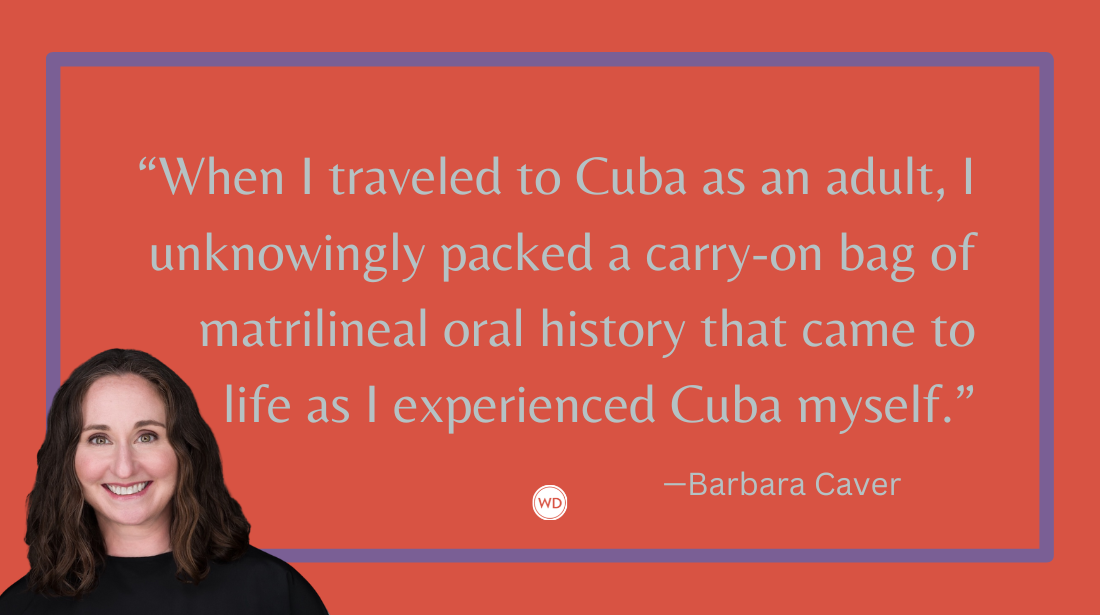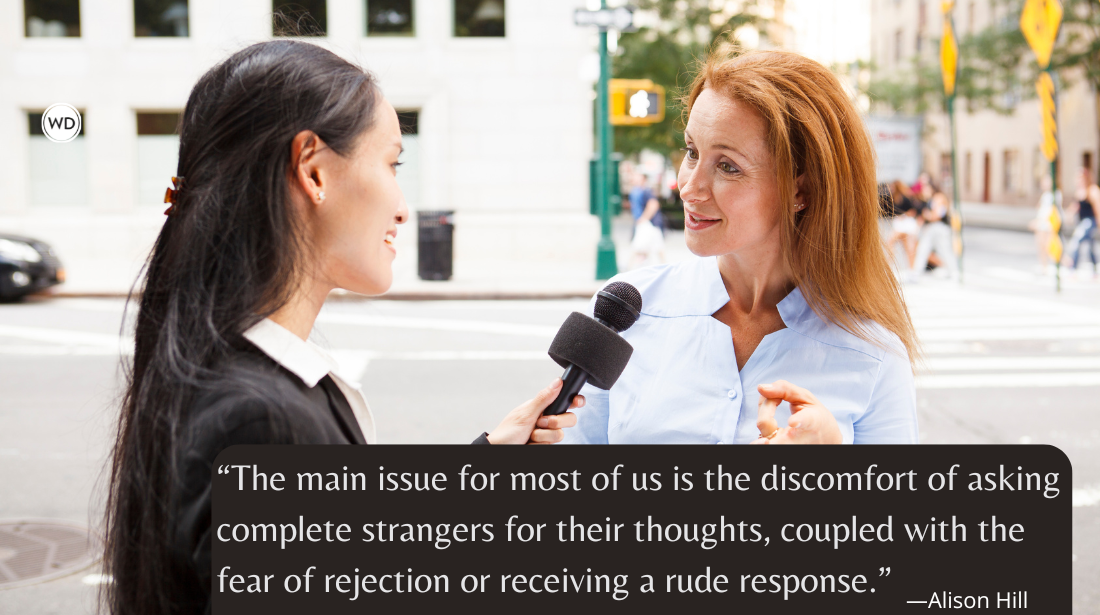10 Dos and Don’ts of Writing a Piece of Journalism
Alison Hill breaks down the fundamental rules of journalism and offers 10 dos and don’ts of journalistic writing.
When writing a piece of journalism there are a few simple, fundamental rules—be truthful, be objective, report the facts, be clear, use multiple sources, cover both sides of an issue, and be accountable for what you produce.
Although personal essays and opinion pieces are included under the umbrella of journalism, here we’ll be referring to third-person reporting. This includes news writing, which informs the reader of an immediate event, and features (often called soft journalism) which are human interest stories, with an emphasis on entertaining, educating, and engaging the audience.
1. Don’t Be Biased
Never insert your opinion into a news or regular feature article. You can claim or quote another person’s opinion, but the audience doesn’t need or want a journalist’s take on the matter—unless it’s specifically an op-ed or reported essay.
Your job is reporting the story with objectivity, balance, and fairness. If your news or feature story is peppered with opinions and tinged with bias, you quickly lose credibility and trust as a reporter. This is a glaring problem in the industry today—too much opinion either blatantly displayed or subtly inferred.
This can also manifest through the tone of a piece, so please keep snark and sarcasm out of news reporting. It’s not only off-putting—it’s plain bad journalism. Save it for your op-eds, personal essays, or blogs, where it can be appreciated.
*****
The Writer’s Digest Guide to Journalism is a practical, informative, and well-researched introduction to journalism and its best practices, with actionable advice, tips, techniques, explanations, and anecdotes straight from the field. In this digital guide, writers will learn how to write an effective news piece, skills need to be an effective journalist, outlets for publishing journalism, journalism associations, and so much more. Both inspirational and pragmatic, The Writer’s Digest Guide to Journalism is packed with valuable resources for aspiring journalists.
*****
2. Do Be Descriptive
That said, in a feature you can of course be creative and descriptive, for instance if you’re interviewing an artist in their home, you can describe the room and décor and tell it as you see it in the context of the feature. This is, of course, a very different format and style of writing, with the focus on showing rather than telling a story, but the rules of objectivity still apply. A feature is mostly about a person, a place, event, or issue, and not about how you, the reporter/writer, happens to feel about it.
In journalism it’s not about you. As the reporter, you are the vehicle through which the story is told and a skillful, experienced professional can suppress their biases (and let’s face it, we all have them) while in the storytelling mode, and present the facts unencumbered.
3. Don’t Be One-Sided
Research and cover both sides of a story and allow each person or group involved an opportunity to explain their position, reasoning, and/or actions. If they refuse to offer their side, you can state in the story that you reached out to them, but they declined an interview or have not responded to an interview request at the time of publishing.
4. Do Your Research
Use relevant information to back up your article and dig deep for your facts. Statistics can strengthen your story’s angle, as can pursuing expert opinions, be it a doctor, scientist, academic, or a government official.
You need at least one on-the-record source to quote in a news piece, so make sure your interviewees agree to be openly quoted. For a general feature, say a piece on housing price hikes, it’s best to find several examples and make sure you include different demographics for fairness and diversity.
5. Do Use Multiple Sources
Find and use multiple sources in your piece, be it records or people. Use quotes from those who are in some way involved in the story, from experts to victims. Conduct interviews either in-person, by phone, or your choice of digital recording method.
Always be accurate when quoting. Unless your source or contact is in danger, under 18, will be compromised if you reveal their identity, or has explicitly asked not to be quoted, always use an attribution, including their name, title, and relevance to the story. This will not only strengthen your piece but add credibility.
You can either quote a source verbatim from an interview, summarize what a source has said publicly, or paraphrase a source (if it’s from an existing article or book) putting the text into your own words while attributing the author and where it was said.
6. Do Stick to the Facts—No Conjecture
“Maybe,” “possibly,” “probably,” aren’t going to cut it as stand-alone statements. As a journalist you need to work with facts.
You can of course build a hypothesis around a subject or issue, and back it up with statistics, expert quotes, and research, but if it’s still a maybe, you must insert the words “alleged” or “allegedly” when there is no concrete proof or any finality (for example someone is an “alleged” perpetrator until she/he is convicted of a crime.) You can also word it in the context that an eyewitness “claimed” they saw something before it’s a proven fact. This is to protect the journalist or publication from a libel suit.
7. Do Write Clearly and Succinctly
Write clearly and succinctly and aim for simplicity especially if it’s a newsy piece. Readers want to quickly glean the information and don’t particularly care about your style. Good writing is invisible remember. With feature writing you can be more flowery, but the writing must still be easy to read as well as engaging and expressive.
8. Do Your Own Research and Choose an Angle
When you decide you want to write about a specific issue or newsworthy event, as a journalist you must first choose your angle. This influences the structure, focus, and length of a piece.
An angle can take many forms; you can come at a widely reported story from a different perspective. For example, instead of focusing on victims, you can turn your attention to the perpetrators and start exploring the whys.
You need to hook the reader and keep them engaged, especially if it’s a topic that’s been done many times before. Spend time gathering information from various sources, focusing on any relevant information, studies, statistics, or expert opinion that can strengthen the angle you’ve chosen. Of course, this includes stringent verification of facts before publication.
9. Do Write a Good Headline and a Strong Lede
As well as informing the public, the purpose of a written journalism piece, whether online or in print, is of course to be seen, enjoyed, and widely read. A good headline draws readers to the story and a strong “lede” keeps them hooked and propels them to read the whole piece.
The “lede” or lead is the first paragraph of the story and basically summarizes what the story is about, the who, what, where, when, how of journalism. It’s the most important part of the article, setting the tone, engaging the reader, sparking interest, and promising time well spent. There are many styles, ranging from factual to anecdotal.
10. Don’t Regurgitate a Wire Story or Press Release
Write your own piece and conduct your own research and interviews. Do not rewrite a press release or regurgitate a wire story, that’s just lazy journalism and we’ve come to see too much of this sameness in reporting.
Use press releases and wire stories as springboards. And never plagiarize another journalist’s piece. Again, you can borrow the same idea or theme, just find a different angle, do your own research, search for other people to interview, and make it your own.
Just One More…
Do Use Correct Spelling
Whether it’s a person’s name, a place, or an organization, please get it right. You will hear about it otherwise. It’s always the little things that can trip you up, so, check and double check. A trick with interviews is to have the subject state and spell their name and title/organization at the beginning.
And finally…
Do Check Your Facts!
Accuracy is everything in journalism.
Alison Hill is a freelance writer, journalist, and Emmy-nominated producer who writes for print and online publications. Since 2001, Alison has been a regular guest commentator on BBC radio news shows discussing US politics and current events. Before going solo, she was a PBS producer and director and also worked as an investigative journalist for a Welsh TV series. From hosting TV shows and creating online content to going undercover with a hidden camera, she’s done it all. Alison grew up in a tiny village in Wales and speaks fluent Welsh. She’s an avid hiker, who also loves camping, kayaking, and reading. She now lives in South Carolina with her husband, 8-year-old daughter, and two rescue cats.




